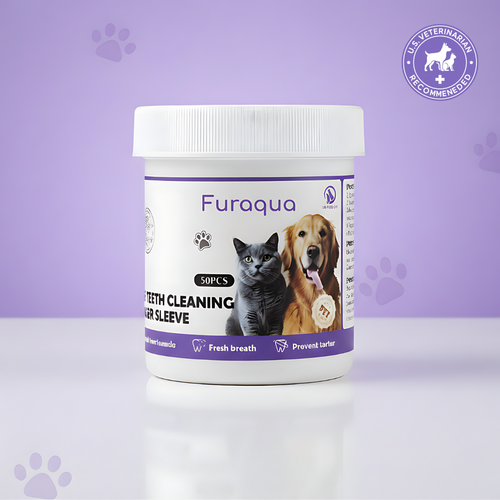How to Prevent Dog Ear Infections Naturally with Routine Ear Cleaning

Understanding Ear Infections in Dogs

Risk Factors and Causes of Ear Infections
⚠️ Seasonal Alert
Ear infections spike during warmer months, with 10–15% of all veterinary visits being ear-related during summer. Heat and humidity, combined with increased swimming, create ideal conditions for infection. Intensify preventive cleaning during these months!
Symptoms of Ear Infections in Dogs

⚠️ When to See Your Vet Immediately
Contact your veterinarian right away if you notice symptoms of ear infection. While routine cleaning prevents infections, once an infection develops, professional diagnosis and treatment are necessary. Never attempt to treat suspected infections at home without veterinary guidance—you could make the problem worse or miss a serious underlying condition.
Prevent Infections Before They Start!
Weekly Ear Care Made Easy

Frequently Asked Questions
Q: How often should I clean my dog’s ears?
It depends on risk factors. Low-risk dogs need monthly cleaning, while high-risk dogs (floppy ears, swimmers, allergy sufferers) need weekly cleaning. Always clean after water exposure regardless of schedule.
Q: Can I use vinegar and water to clean my dog’s ears?
No. Vinegar’s pH is wrong for dog ears and can irritate tissue or worsen infections. Always use veterinary-formulated ear cleaners designed for dogs.
Q: My dog hates ear cleaning. What should I do?
Start slowly with just touching and examining ears while giving treats. Gradually introduce cleaning over several sessions. Use high-value treats and never force it. Consider working with a professional trainer if resistance is severe.
Q: Can ear cleaning cause infections?
Only if done improperly (pushing debris deeper with Q-tips) or if using irritating products. Quality ear cleaners and proper technique prevent infections rather than cause them.
Q: What if my dog already has an ear infection?
See your veterinarian for diagnosis and treatment. Don’t clean infected ears without vet guidance—you might worsen the infection. Once treated, resume preventive cleaning as directed.
Q: Are some ear cleaners better than others?
Yes. Look for veterinary-formulated products with natural antimicrobials, proper pH balance, and gentle drying agents. Avoid alcohol-based or hydrogen peroxide products.
Q: How do I know if I’m cleaning deep enough?
Fill the ear canal with solution and massage thoroughly—the solution does the deep cleaning, not your finger. Only wipe what you can see. Never insert anything into the canal.
Q: Can ear infections be life-threatening?
While rare, severe untreated infections can spread to inner ear structures affecting balance and hearing, or even spread to the brain. Most infections are easily treated if caught early, which is why prevention and prompt veterinary care matter.

